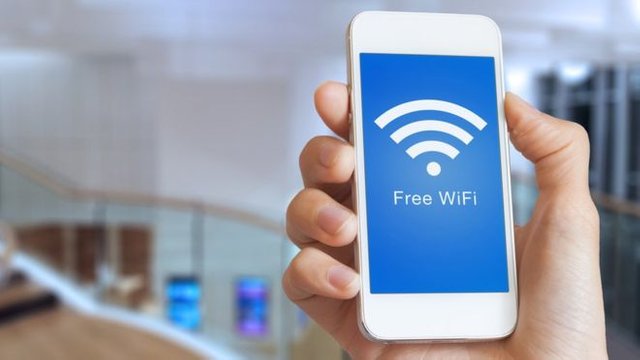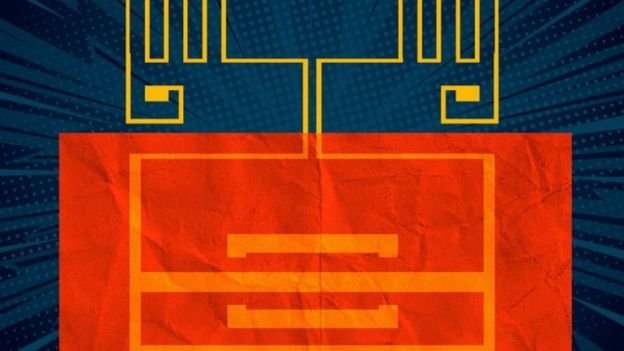The invention that allows using Wi-Fi to charge the cell phone
Imagine being able to charge your cell phone in just a few seconds with just connect to the wifi.
The Spanish engineer Tomás Palacios has developed together with his team of researchers from MIT, the prestigious Massachusetts Institute of Technology, in the United States, a device capable of realizing that futuristic dream.
It is a small device that transforms the electromagnetic waves of wifi into direct current electricity to power smartphones, computers and all kinds of sensors and wearable technology (such as smart watches).
In fact, the idea of using these signals as "chargers" of electronic devices is not new: the special antennas that make this possible are called "rectenas" (rectifying antennas).
But this is the first time that a totally flexible device is created for that purpose and without the need to use a large structure.
Palacios and his team have created it from a new material called molybdenum disulfide (MoS2), one of the finest semiconductors in the world.
But how does it work?
The antenna picks up the wifi signal and connects to the device, which contains semiconductor material. And then the signal travels through that material, which in turn converts those waves into electricity, which can be fed to recharge batteries or power other types of circuits.
"What we are presenting is a new way of feeding the electronic systems of the future using the energy harvesting of wifi signals," Palacios explains in an article published on the MIT blog.
The scientist also suggests that this system has potential uses in large areas:
"When you have one of these devices, you are collecting energy 24 hours a day, 7 days a week [...] you could cover the desk with an electronic tablecloth and even if it is only on the desk, I would be gathering energy all the time" , he told the journal Nature.
"What if we could develop electronic systems that would wrap a bridge or a road and thus bring artificial intelligence to everything that surrounds us?" He asks himself.
Applications in medicine
Another possible implication is medical devices, adds another Spanish in the team, Jesus Grajal, of the Technical University of Madrid, who also participated in the development of this device.
For example, researchers have begun to develop pills that can be ingested and collect data to make medical diagnoses.
"The ideal is not to use batteries to charge those systems because if they release lithium the patient can die," explains Grajal. "It's much better to gather energy from the environment to feed those little pills inside the body."
In the experiments carried out by the team of scientists, it has been proven that the device is capable of producing around 40 microwatts of power when exposed to the typical levels of wifi signals (about 150 microwatts). That would be enough to illuminate the screen of a cell phone.
The few flexible rectenas manufactured so far operate at low frequencies and fail to convert the Wi-Fi signals into enough power to charge a cell phone.



Hi! I am a robot. I just upvoted you! I found similar content that readers might be interested in:
http://rava.pk/technology/the-invention-that-allows-using-wi-fi-to-charge-the-cell-phone